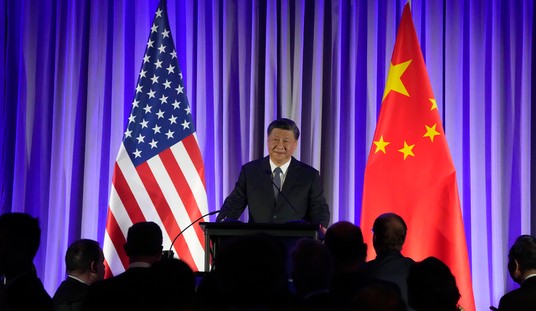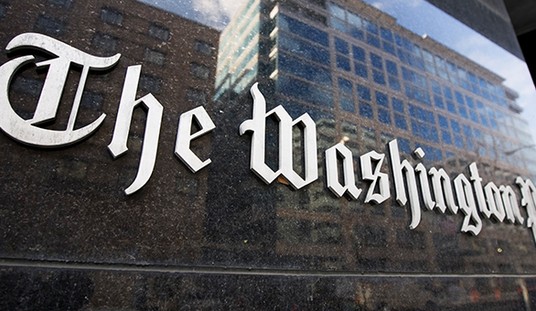Two young pitchers with nearly unlimited talent are facing the prospect of their seasons ending prematurely because their teams don’t want to take a chance of injury to their arms.
Chris Sale of the Chicago White Sox and Stephen Strasburg of the Washington Nationals are so valuable to the future of their respective franchises that ownership for the Sox and Nats are seriously considering severely limiting the number of innings each will pitch this year. With both youngsters on pace to pitch more than 200 innings — a feat neither has come close to in their amateur or pro careers — the concern over whether the wear and tear of throwing a ball close to 100 MPH, 100-120 times a game over 25-30 starts will cause permanent injury to the shoulder/elbow/wrist has forced the front offices of both teams to consider radical options.
Those arms are worth at least a combined half a billion dollars when one considers that Sale, at 23, and Strasburg, at 24, have a good 15 years each of productive work ahead of them — barring major injury. It is not unreasonable to imagine at least two $100 million plus contracts for each during that time. Both players will be free agents in 2017.
The dilemma facing the White Sox and Nationals is historical in nature; pitchers, no matter how good or how durable, are frequently hurt. There are very few major league hurlers who have gone through a career avoiding major injury. Trips to the disabled list are common, as is surgery. The tremendous strain placed on a pitcher’s shoulder by the unnatural motion of throwing the ball overhand threatens the delicate and complex construction of the joint. Rotator cuffs, labrums, muscle tears, and severe inflammation can make it impossible for a pitcher to work effectively and result in long stints on the disabled list or reconstructive surgery.
To avoid that, the Washington Nationals are seriously considering ending Stephen Strasburg’s season after only about 170 innings:
When we signed Stephen I made a promise to him and to his parents that I would take care of him and that’s what we are going to do,” Rizzo said. “I told them we would always do what’s best for him. This is a kid who has never pitched more than 123 innings in a year.
We are looking at not only competing for the playoffs this season, but also in ’13, ’14, ’15 and beyond. Stephen is a big part of those plans and I will not do anything that could potentially harm him down the road.
As for those thinking Strasburg could be given a few weeks or a month off, then return, Rizzo says don’t count on that happening.
“When it happens, Stephen will not pitch again until spring training (in 2013),” he said. “We tried something similar with Zimmermann last year and he just could not get going again. We won’t make the same mistake.
Last year, the Nats shut down their other prized young pitcher, Jordan Zimmermann, but at the time, they were out of the playoff hunt. This year, the Nationals are in first place with a legitimate shot at the playoffs. It would be unheard of if the team were to sit Strasburg in September when the stretch run for the playoffs is underway — or have him on the bench if the team makes the postseason.
But the concern for Strasburg goes beyond simple wear and tear on his arm. The young hurler had reconstructive elbow surgery — the “Tommy John” procedure — in 2010 and spent all of 2011 rehabbing the injury. He has come back strong this year, posting All-Star numbers, and is at or near the top of the league in several statistical categories.
In the case of Chris Sale, the White Sox have not decided to shut him down completely after a set number of innings. Rather, they plan on going to a six-man rotation, as opposed to the normal rotation of five pitchers, thus giving their star an extra day of rest, or even having the option of skipping a scheduled start and having him rest 10-12 days. Whether Sale can be effective after that much rest is unknown. The concept has never been given a try in the majors.
Sale has experienced elbow tenderness once already this year and is currently being given a rest for “dead arm” syndrome. This is common to all major league pitchers so it is not a cause of concern. But the White Sox believe the extra rest will allow Sale to be effective from now until the end of the season — whenever that may be. The Sox currently find themselves in first place in the American League Central Division and, like the Nats, are in serious contention for the playoffs.
But fans and sportswriters in Chicago are asking: Why limit the young man in any way? At age 23, his arm is strong and he has the advantage of youth on his side. As long as he’s effective and not pitching in any more pain than usual, why put the team’s prospects for the playoffs at risk by pitching someone inferior when it’s his turn to go?
There are some knowledgeable baseball people who think both Strasburg and Sale are at risk for serious injury because of their mechanics. Strasburg uses an extraordinary amount of torque on his throwing shoulder, placing severe strain on the elbow when he snaps off breaking balls. This is a recipe for frequent and lengthy trips to the disabled list. Sale’s problem is that his delivery is disjointed — all arms, elbows, and legs that by the time they untangle, the ball is by the hitter. This may be extremely deceptive, but not conducive to a lengthy career.
But mechanics can be corrected — to a point. The promise of both pitchers is so exciting that one can hardly blame the ballclubs for being extra careful. Of course, shutting down a brilliant pitcher in the midst of a playoff race wasn’t even considered in the days before $100 million contracts. No doubt some old-timers scoff at the notion. It wasn’t all that long ago that pitchers would hide injury from the manager out of fear that if he was gone any length of time, he wouldn’t have a job when he was ready to pitch again.
But the economics of the game have changed at all levels. Player salaries, ticket prices, the value of a Major League franchise — all have reached stratospheric levels. And these economic changes have affected the competitiveness of the game. If Strasburg’s value to the Nationals is greater down the road than the value he has to the team today, the future will preserved at all costs — and that includes a chance at the postseason and a possible World Series appearance.
This is the way it is. It’s what the game has become. And those who decry the decision to sit Strasburg may be right from a purist’s point of view. But the green eyeshade executives who mostly run the game today aren’t interested in what the purists have to say.










Join the conversation as a VIP Member